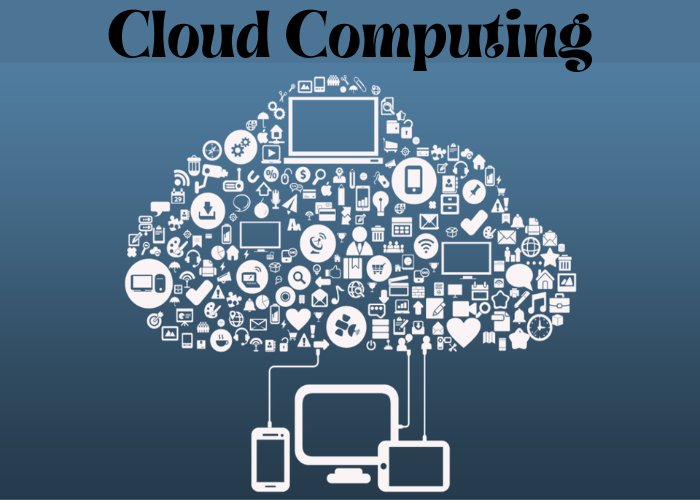If you’re a small business owner, you already know that when it comes to technology, the cloud is where it’s at. But did you know that the same thing goes for IT infrastructure? The future of your organization’s IT infrastructure is in the cloud—and it might just save your bottom line.
The cloud is where all the action is happening
Cloud computing has been around for a while now—it’s just that most people haven’t realized it yet. It’s not just the big tech companies like Google and Amazon who are using cloud services: small- and medium-sized businesses (SMBs) use them too. In fact, according to Gartner Inc., by 2020 over 50% of all workloads will be in the public cloud!
The reason this trend has become so popular is because there are plenty of advantages to using the cloud instead of traditional on-premises servers or other solutions:
- Cost savings – Since you’re paying only for what you use rather than paying upfront costs up front as with traditional hardware purchases; there’s no longer any reason why your company shouldn’t invest in these types of technologies if they’re able do so affordably;
- Flexibility – The ability to scale up/down based on demand means that companies don’t have worry about running out equipment before having enough capacity available;
- Speed – If something goes wrong with one part within an application layer then it doesn’t affect another part downstream so quickly because everything happens behind layers where other systems run independently from each other (i
Cloud computing has changed the way companies do business.
Cloud computing is a distributed computing model that allows companies to focus on business goals instead of infrastructure. This means you can use the same technology, no matter where you are.
It’s important to note that cloud computing isn’t just about the technology—it’s also about how you use that technology. With a cloud infrastructure, companies can focus on their business goals instead of managing their IT infrastructure and applications.
The cloud is the most cost-effective way to manage infrastructure.
- No need to buy hardware: You don’t have to buy or lease any hardware, because everything you need is already there in the cloud. You just pay for what you use, as opposed to having one big bill at the end of each month (or year).
- No need for a team: The cloud has no physical infrastructure; it doesn’t even require human labor! So if you’re looking for someone who will manage your servers, then this isn’t an option for you. It’s all done by computers and software algorithms that work 24/7 without any assistance from humans—at least not at first glance anyway…
Cloud providers offer better support and maintenance.
As a user of cloud services, you can expect better support and maintenance. Cloud providers have the resources to keep your data safe and secure, as well as help you with any issues that arise. They also have dedicated teams that can assist with your cloud needs.
The cloud is a great solution for businesses that need to scale up or down quickly and easily. Cloud services can provide you with the tools you need to get started, as well as support and maintenance. You don’t have to worry about data security or downtime because it is all taken care of by your provider.
Moving your data to the cloud will save you money, time and headaches
Your IT infrastructure is a complicated beast, and it’s easy to get bogged down trying to manage everything from your servers all the way down to the individual devices that make up those systems. But with cloud computing, you can stop worrying about how much money you’re spending on rent and maintenance costs—the cloud takes care of that for you.
So what does this mean for your business? It means fewer headaches! Instead of having multiple teams working on different parts of your tech stack, everyone can focus on one thing at a time instead: keeping their servers running smoothly (and cost-effectively), making sure there aren’t any security breaches or data leaks…and yes…making sure everything works well enough that people are happy with their overall experience with technology in general – whether they use desktop computers at work or smartphones while they’re out shopping etcetera.
Conclusion
Moving your data to the cloud will save you money, time and headaches. It’s a no-brainer for companies of all sizes. The future of computing is here; it’s just waiting for you to embrace it!





